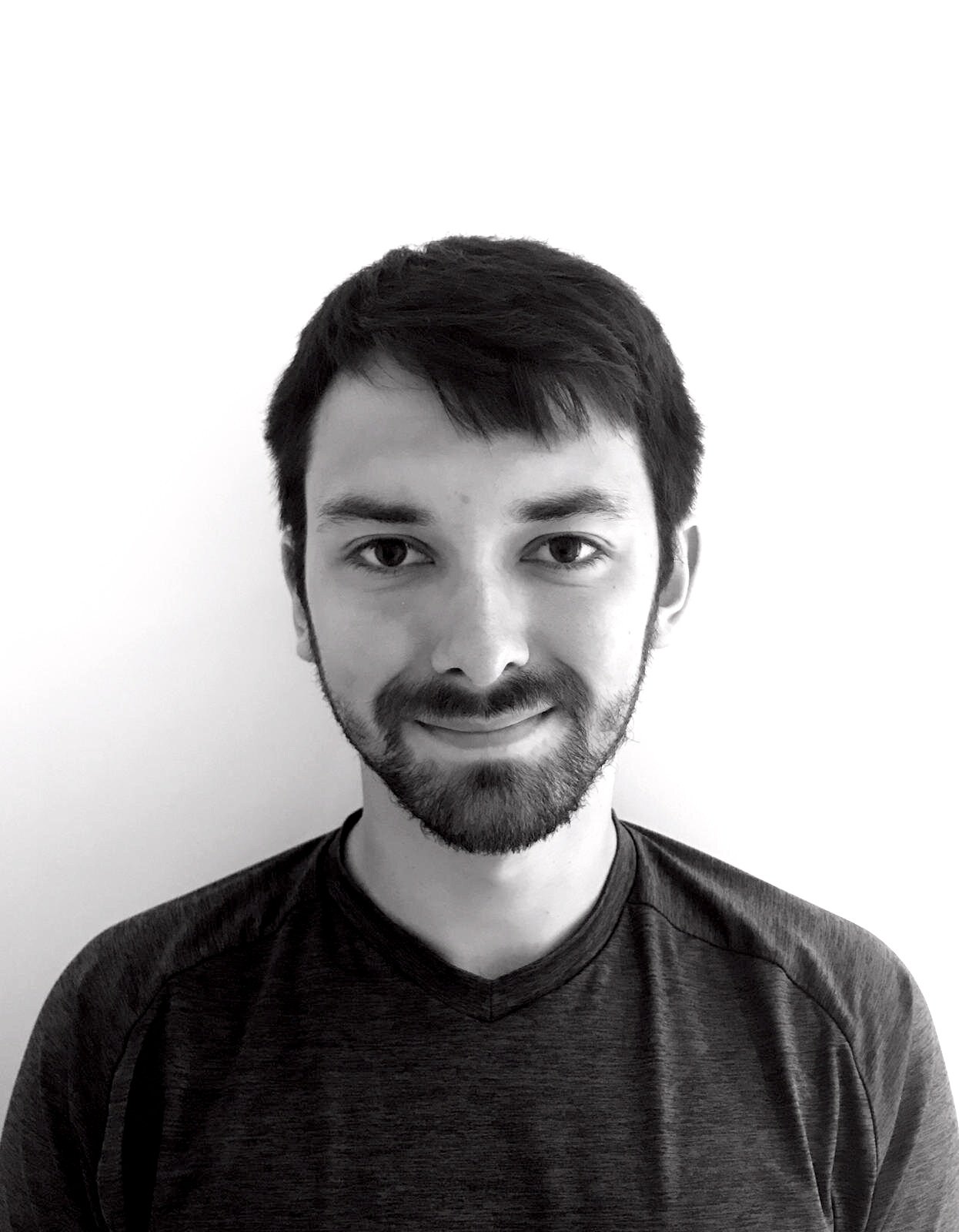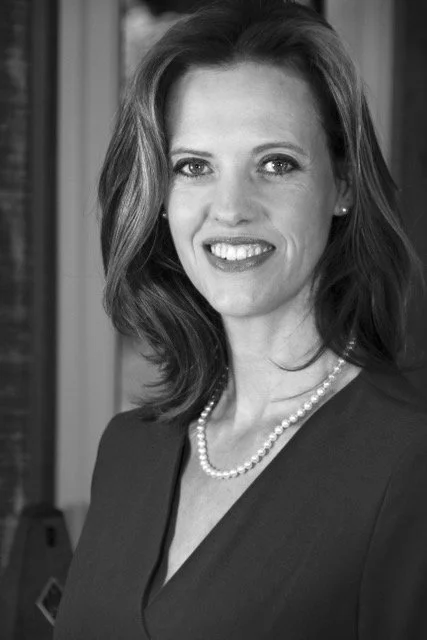About Osteopathy
What is Osteopathy?
Osteopathy has been available in the UK for over 100 years. It is a well recognised discipline accepted by the medical profession and now available to some on the NHS. Osteopathy is the manual therapy which aims to help the body return to a state of optimal health. Patients primarily consult an osteopath with their body expressing the memory of a previous trauma, be it physical, psychological or a combination of the two. Osteopaths have time to listen to their patients and consider problems that may seem unrelated and yet are crucial to that patient’s well-being.
Central to the osteopathic concept is that if the structure of the body has been impaired then it is unable to function efficiently. The osteopath will assess the structure of the body by examining areas such as posture and mobility, and will use appropriate techniques in order to improve the function.
This form of assessment is the great strength of the osteopathic profession, as it takes into account all aspects of a patient’s lifestyle in order to treat the cause of the condition, not just the symptoms of it.
Osteopathic treatment is aimed at improving the mechanics of the body which automatically influences areas such as blood and nerve supply as well as activity of the internal organs. It is because of this that osteopathy, as well as treating the more obvious headaches, joint problems, sports injuries and postural strains, can also be used in the treatment of less obvious conditions such as asthma, digestive disorders, menstrual problems and chronic fatigue syndrome.
After the treatment course, responsibility is ultimately returned to the patient in terms of exercise and lifestyle advice so that they might maintain this recovered state of optimal health, with the osteopath remaining a source of ongoing support and direction as required.
Visiting an Osteopath
Adults
For the first visit to the practice the osteopath will allow up to an hour for your appointment. You will be asked questions about your medical and lifestyle history, and the osteopath will then assess your posture and mobility by asking you to perform some simple movements. It may be necessary to remove some of your clothing for the osteopath to examine and treat the appropriate areas.
Once a diagnosis has been reached, a treatment plan will be developed with you. Osteopathy is patient-centered, meaning the treatment is geared towards you as an individual.
The osteopath will then use their refined sense of touch, called palpation, to identify any areas of strain and weakness. He or she will use gentle techniques, such as soft tissue massage, stretching, manipulation or cranial osteopathy to set about the process of restoring healthy function to the whole body.
Babies and children
Your babies first visit may take up to an hour, and you will be asked about the baby’s pregnancy, birth and medical history. You may need to undress your baby to his or her nappy for the osteopath to make an assessment. Once a diagnosis is made a treatment plan will be made with you.
Subtle, gentle cranial osteopathic techniques are often used for babies. Very young babies can stay on their mother or fathers lap and may even be fed during treatment if they are hungry. Some baby’s are so relaxed during treatment that they fall asleep!
For older babies and children there are plenty of books and toys for them to play with during treatment and the osteopaths are very used to treating toddlers on the move! You might like to bring a favourite toy or snack if you think it might help them to settle.
































